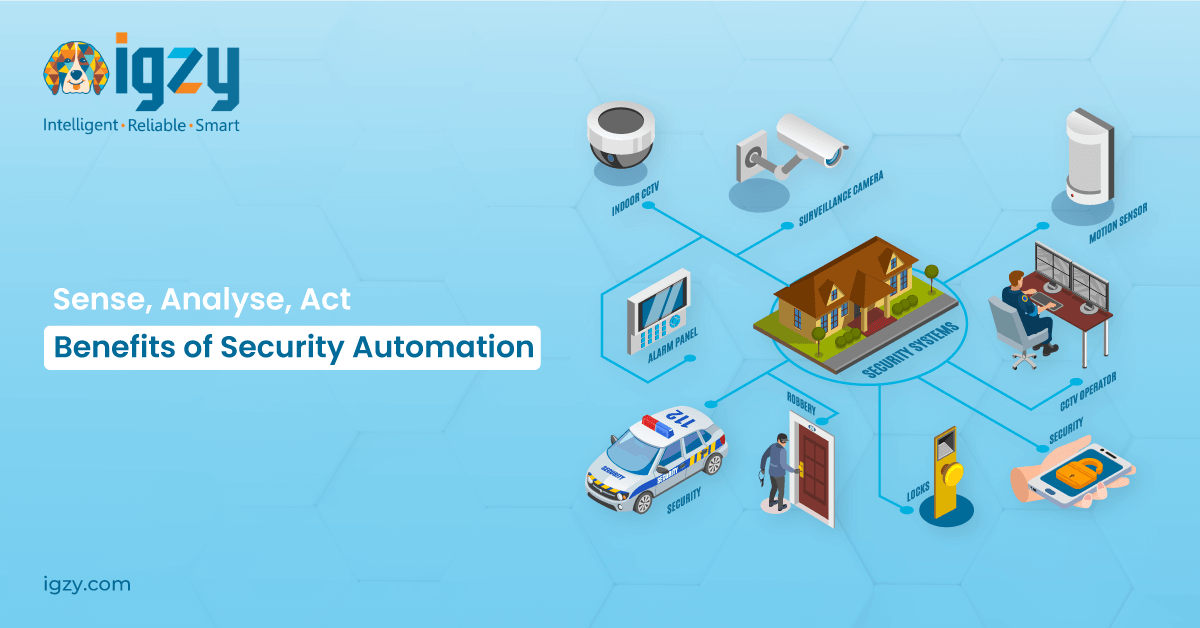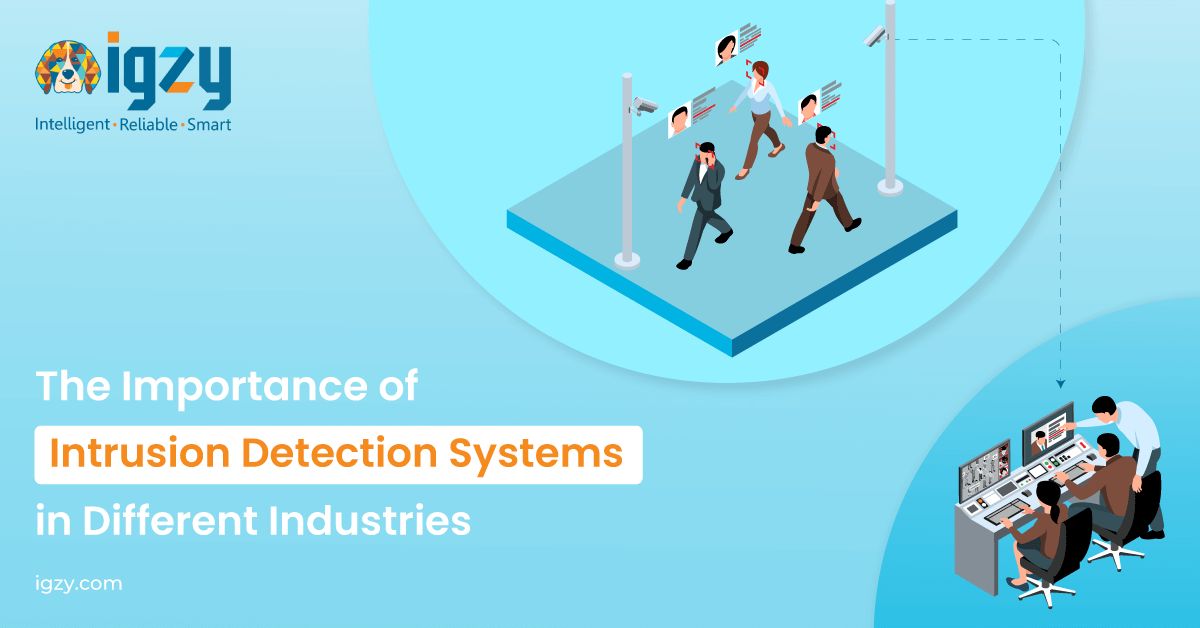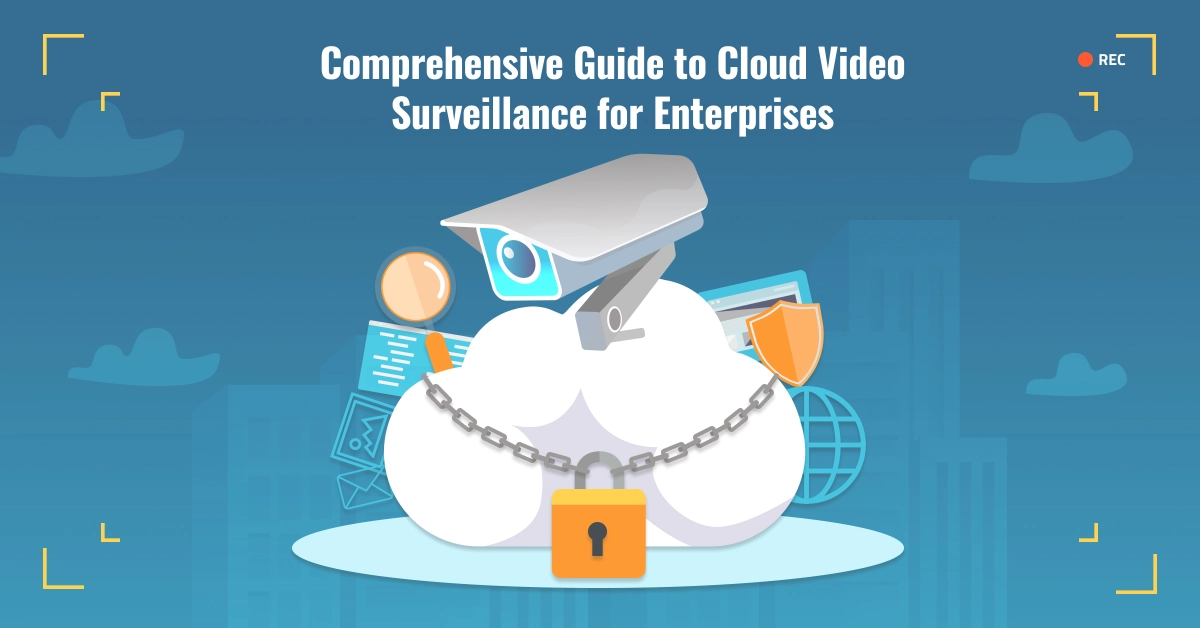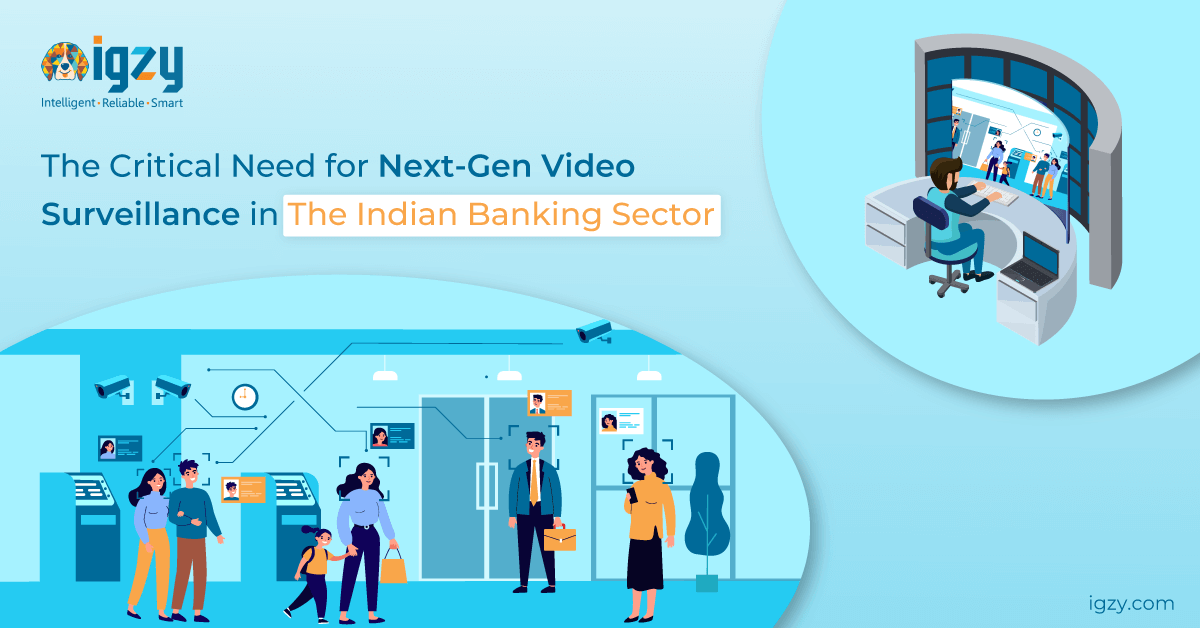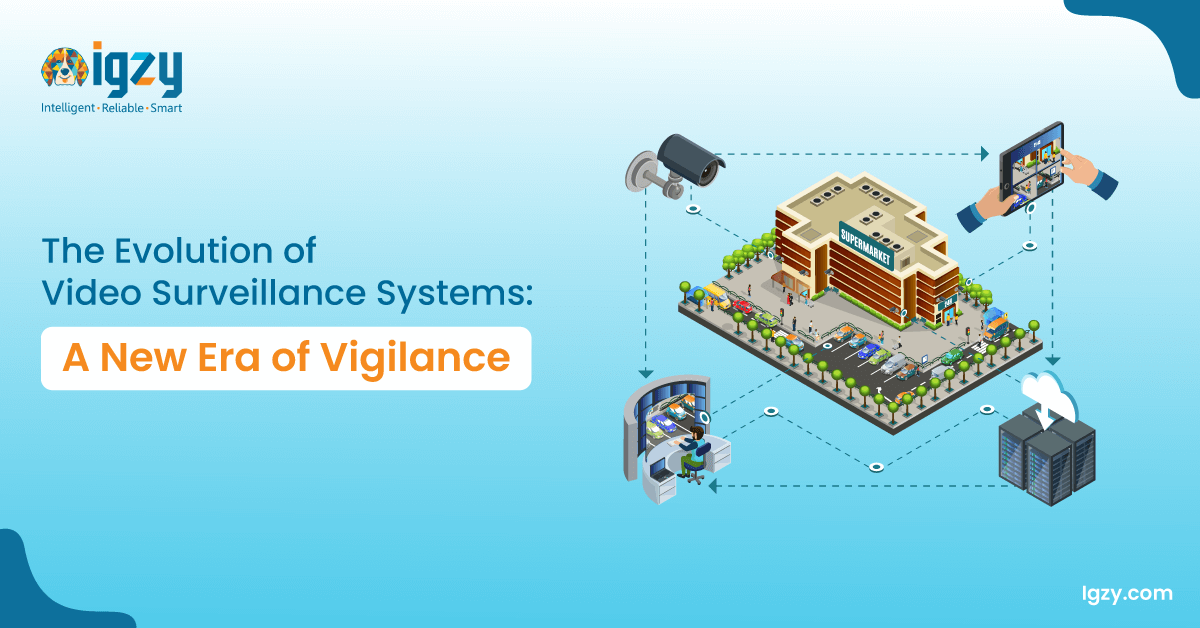Enterprise IoT Platform: All You Need To Know
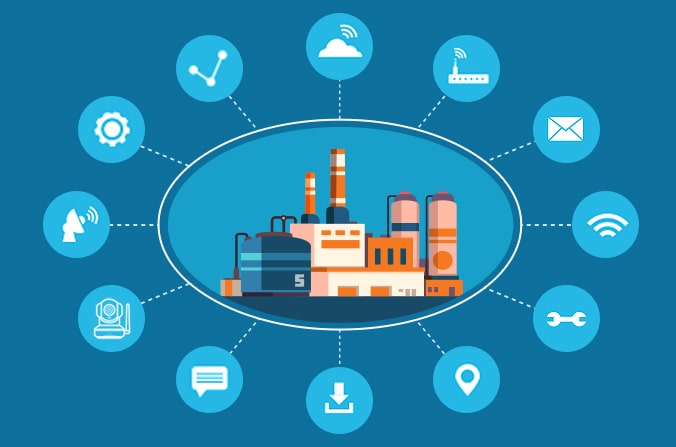
Table of Contents
Internet of Things or IOT when put in simple terms refers to the connection of various electronic devices that are connected to the internet where they communicate and share data. The adoption of more and more electronic devices in various businesses is giving momentum to enterprise IoT platform. This exciting new concept provides a platform to connect previously unconnected physical devices to open a whole world of opportunities where processes can be automated. Internet of Things is continuously transforming various industries by establishing a vast yet safe and connected ecosystem.
Challenges IoT can solve for Enterprises
Employees Productivity and SOP Adherence
Employees’ inefficiency is the major hurdle for enterprises in achieving optimum efficiency. With an enterprise IoT solution, organizations can manage the order of tasks to be done. It can also be configured in a way to interact with sensors all around to ensure efficient movements in the workplace. The same can be conveyed to the employees to ensure an uninterrupted flow of work without any confusion. This is a system that also takes charge in case of any absent workers and tasks can intelligently be assigned to other people around beforehand. Enterprise IoT solution makes sure that the Standard Operation Procedures are diligently followed by the employees. This includes compliance with proper working time, uniforms, safe handling of goods, etc.
Tracking Energy Usage Patterns
Energy is a valuable resource for the business that needs proper management. Smart energy management systems powered by IoT provides more data and insights related to usage trends and consumption patterns by the enterprise. And can adjust the equipment like lighting, ventilation, and other machinery accordingly. Peak energy usage trends keep them prepared with any surged energy demands. Energy consumption is monitored by special phase meters and embedded sensors.
Talent Shortage
Finding the exact skilled person for a job and training is a tedious and expensive task for an enterprise. One of the biggest advantages of using IoT is that it provides the enterprise with an option to automate tasks. This eliminated the needs for workers to some extent by data-driven machines coordinating and completing tasks within themselves. For instance, robots delivering goods from one part in the warehouse to the other using data from RFID tags and checking that with system thereby fixing the menace of workforce shortage. Or counting the people and taking attendance that can be handled by special people counting cameras and face recognition technology and conveying the same to the system.
Disaster Planning
With intelligent enterprise IoT integrated with every hardware, the system becomes capable of identifying any misadventure that could happen to disrupt the enterprise’s operations. Taking chemical or petroleum industries in reference, LTH sensors coupled with smart cameras and gas sensors can notify the concerned person beforehand in case of increase in the level of certain harmful gas or temperature.
Data Analytics
IoT and Data go inherently together. Data from all the hardware in an enterprise is of no value if not analyzed and IoT provides that platform to monitor and evaluate data rather does itself. In this competitive era, businesses thrive for efficiency. And to achieve that enterprises run towards data analytics. With huge figures and insights coming in, IoT continuously processes a huge volume of data giving real-time updates and keep the enterprise running in full pace.
Benefits of a Unified IoT Platform
Complete visibility and transparency
Monitoring all the surveillance and data from every hardware separately can be a heck of a task. One is bound to miss something when constantly switching between various devices. With all the operations under a single dashboard, business operations become transparent as everything is clear to the user and keep check of all the sites at once. This drastically improves the efficiency of operations and drives the enterprise towards profitability.
Business automation
With every piece of data merged under a single enterprise IoT platform, the need for human intervention in managing every single operation decreases. The smart devices and sensors communicating and executing tasks under a single platform, drives the enterprise towards automation. This reduces the chances errors too because most of the operations are automated by machines. For example, sensors automatically checking the inventory available and communicating with robots to fill the sold inventory.
Real-time alerts and notifications with escalation matrix
Users of the data receive every important update from sensors as well as other systems in case of any occurrence. This is only made possible by integrating all the platforms into one to make timely communication possible. The information is supplied in real-time with negligible delays that too to the concerned users only. Two different data can be updated to two different people depending on their usability.
Makes enterprise flexible and scalable
Enterprise internet of things platform helps to integrate the existing cameras and sensors onto the newly installed ones, which considerably make things easier when expanding the operations. The settings can be modified with varied situations and environments leading to a more flexible management system. With a record of all the space and resources of the enterprise, it makes efficient scaling possible.
Cost-effective over the long run
The primary benefit of using Integrated IoT based solutions is to reduce handling costs. As this data is handled by machines themselves, less manpower is required, thereby reducing costs. Moreover, maintaining integrated IoT based systems is much cheaper because these are updated on their own. These ensure optimum utilization of resources, manpower and spaces. This ensures reduced costs and more profits.
Challenges in embracing IoT
High Investment costs
Moving from one system to a totally new system of managing process requires a substantial capital investment. This carries a risk with it if in case the system won’t work out. A small or a medium scale enterprise feels reluctant in taking a leap in a single step. A new set of equipment with high tech and complex software and training of the workforce for the same is what makes most of the cost. What businesses can do is take small pilot projects in implementing IoT across their systems and not going all in at once. They should also keep an eye on the prices for timely entry.
Lack of Skilled Labour
India is the land of cheap labour. But it lacks the skilled and experienced workers needed for nationwide implementation of IoT assisted systems. According to the Labor Bureau Report of 2020, only 4.69% is the formally skilled labour which is extremely low compared to other nations. This hurdle prevents enterprises from full adoption of IoT.
New Technological Infrastructure
For deploying IoT based solutions, all the new technology needs to be deployed. There are five pillars of IoT infrastructure –
- Hardware and sensors
- Software to run the hardware and analyze the data
- Gateway to transfer the data back and forth
- Internet network
- Platform/application to control and sync
The challenges lie in choosing the appropriate infrastructure and configuring all the complex infrastructure together.
Internet Penetration
IoT itself stands for Internet of Things. A 24/7 high-speed internet connection is a basic need to communicate and transfer data. Availability of a wired or wireless high bandwidth internet connection is still a problem for many areas. Quick communications, regular firmware updates are all not possible without a reliable internet connection. Cellular gateways to connect IoT doesn’t sound great as it has many latency issues leading to a lag in connections. Due to a lack of reliable communication infrastructure wide integration of IoT is still far away.
Lack of a unified platform
A unified platform is necessary to fully exploit the potential of the Internet of Things. With a connected ecosystem where everything is integrated into a single application, users don’t have to switch between platforms to monitor different devices or the same devices from different locations. Absence of a unified platform makes accessing data a lot harder and wastes a lot of time. It substantially reduces stress and burden on the users of the data and makes the process whole lot efficient. But still, unified platforms are not provided by every company to its users and this is why enterprises are reluctant on switching to IoT based solutions being harder to operate without a unified platform.
Customer Awareness
India being a traditional society still largely follows the conventional methods when it comes to managing enterprise operations. Moreover, India is dominated by small scale business. So these aren’t much aware of the latest technologies like IoT.
To conclude, constant innovations in IoT space is making it a practical choice for enterprises. Enterprise IoT platform performs large-volume data computation to produce insights that yield business value.
Given the attributes of unified IoT platforms such as elasticity, efficacy, reliability, and scale, it is gradually becoming the preferred choice for businesses. To know more about enterprise IOT platform, get in touch with us at Igzy. We would be pleased to serve you.

